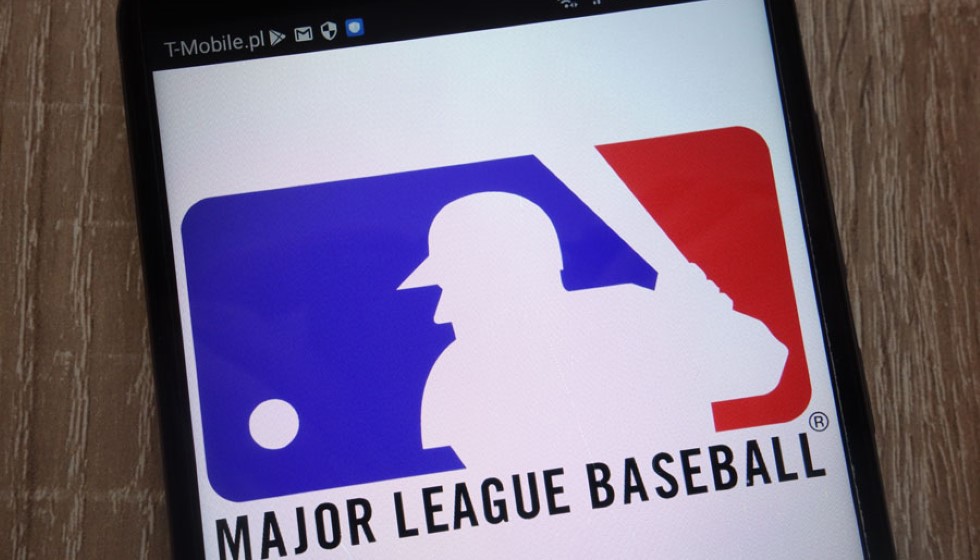
The recent Major League Baseball amateur draft witnessed significant movement and substantial financial commitments, signaling an eventful period for both the players and the franchises involved. With the signing deadline closing in, key players solidified their futures, while a few standout selections chose to pursue different paths.
Top Draftees Secure Lucrative Deals
One of the notable highlights was Trey Yesavage, picked 20th overall by the Toronto Blue Jays. Yesavage secured an impressive $4,175,000 bonus, a testament to his potential and the faith the Blue Jays have in his abilities. Just two spots down, Vance Honeycutt was selected by the Baltimore Orioles, signing a contract worth $4 million.
Among the higher picks, Konnor Griffin, chosen ninth by the Pittsburgh Pirates, agreed to terms involving a staggering $6,532,025. These substantial bonuses reflect the teams' commitments to bolstering their rosters with top-tier young talent.
Unsung Decisions
However, not all high picks opted to go professional immediately. Tyler Bell, the 66th overall pick by the Tampa Bay Rays, decided against signing and instead committed to play college baseball at Kentucky. Similarly, Chris Levonas, drafted 67th by the Milwaukee Brewers, chose to honor his commitment to Wake Forest. Ryan Prager, picked 81st by the Los Angeles Angels, and Jaxon Jelkin, taken 263rd by the New York Mets, also remained unsigned.
These decisions will have repercussions for the draft's dynamics. The Rays, Brewers, and Angels will each receive compensatory picks in the next year’s draft, with Tampa Bay and Milwaukee gaining the 67th and 68th picks, respectively. The Angels will receive an additional selection after the third round.
Consistent Trends and Record Signings
Reflecting on trends from previous drafts, it is noteworthy that only one pick from the first ten rounds of last year’s draft failed to sign. Caden Kendle, a 10th-round selection by the St. Louis Cardinals last year, re-entered the draft and was picked in the fifth round by the Minnesota Twins this year, signing for $147,500.
The draft saw some unprecedented signings at the top. Wake Forest right-hander Chase Burns and Georgia outfielder Charlie Condon, both secured $9.25 million, after being selected second and third overall by the Cincinnati Reds and Colorado Rockies, respectively. Additionally, Oregon State's second baseman Travis Bazzana, the first overall pick by the Cleveland Guardians, signed for $8.95 million.
Financial Outlays and Team Strategies
Beneath the headline figures, team spending offers an intriguing subplot. The Cleveland Guardians and the Colorado Rockies each allocated $19,236,100 on their selections, leading the pack in draft spending. Hot on their heels were the Cincinnati Reds, who spent $17,156,100, and the Oakland Athletics, disbursing $16,103,900. On the other end of the spectrum, the Houston Astros spent the least among all teams, with a total outlay of $6,210,412.
The league-wide investment in this year’s draft-eligible players climbed to an unprecedented $342 million, marking an 8.3% increase from last year’s $315.8 million at the deadline. This surge highlights the growing emphasis on developing homegrown talent.
No team exceeded the signing bonus pool by more than the permissible 5%, yet 23 teams grazed their limits within this margin. The Arizona Diamondbacks demonstrated meticulous financial management by spending exactly their pool amount. Conversely, six teams, including Tampa Bay and Colorado, fell short of their signing pool amounts by $250,300 and $87,300, respectively.
This year’s draft further underscores the escalating competitiveness and strategic maneuvering inherent in Major League Baseball. As franchises continue to balance immediate needs with future potential, the consequences of these signings and decisions will unfold in the coming seasons, shaping the future landscapes of the teams and the sport itself.